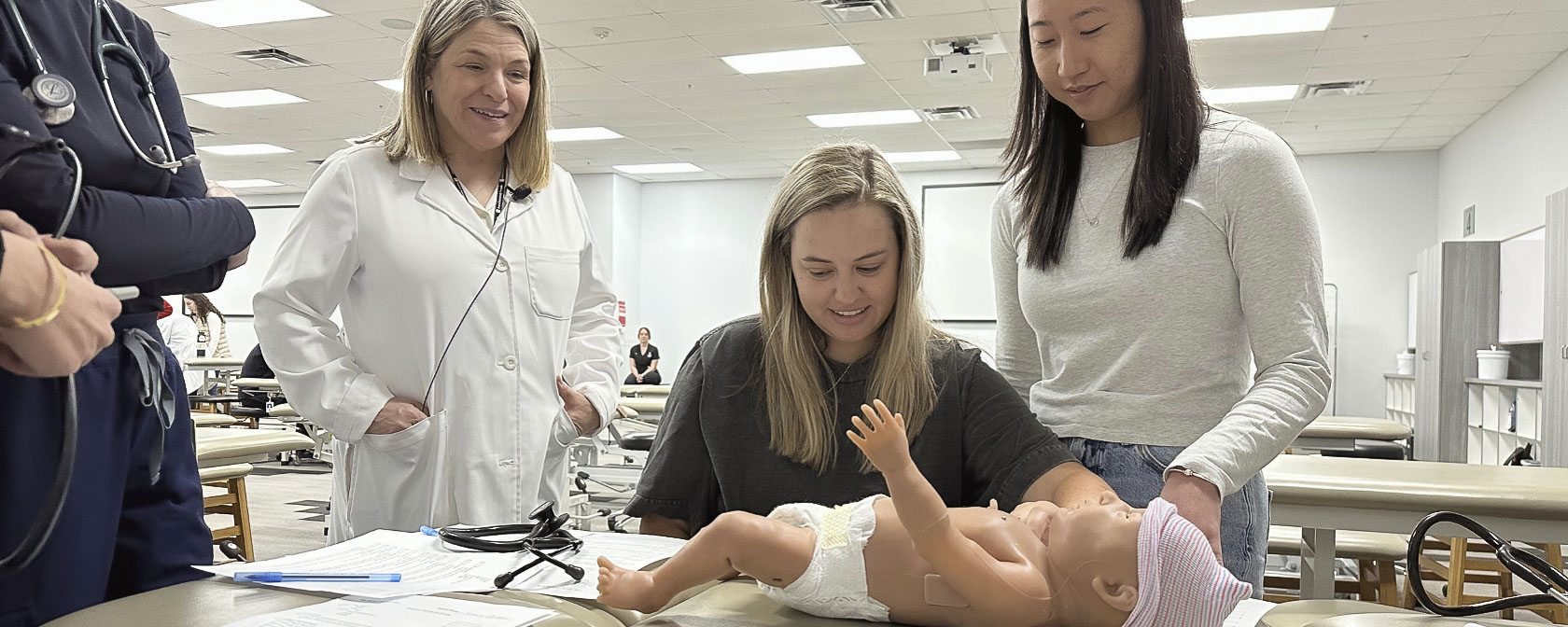
New Pediatric and Newborn Manikins Bring Realism to Medical Training at Simulation Center
Touro University Nevada’s Tang Regional Center for Clinical Simulation, Nevada’s first fully accredited simulation center, added two new high-fidelity training manikins for the students to become better prepared for working in neonatal and pediatric care.
These manikins utilize the latest technology to deliver the most life-like symptoms and behaviors that immediately respond to the actions performed by the students.
“These additions are crucial to the education of our future doctors, by preparing them to be able to understand and work with all stages of development,” said Casey Maurice, the Director of the Simulation Center. “As Las Vegas’ medical community expands with the addition of the new children’s hospital, the hands-on learning provided by these manikins will help elevate patient care and strengthen the future of healthcare in our community.”
Newborn Patient Simulator
Christie, who was named by Cindy Reiman and family made this acquisition possible, is a simulated newborn designed to meet the challenges of neonatal care specialist training. She is a full-term newborn, weighing 8 pounds, that has programmable movement of the limbs, mouth, and eyes. Students will get to practice a true-to-life neonatal resuscitation and stabilization scenarios thanks to the advanced level of anatomical and physiological fidelity. Training real events helps students prepare for their clinical rotations and residencies, where they will be working as part of a team providing care. With battery support and wireless technology students will be able to practice transport, handoffs, NICU drills, and more situations where they will experience rarer cases.
“Students are blown away when they interact with Christie, many of which are their first time holding a newborn,” added Maurice. “It can be very intimidating to handle and work on a newborn and this manikin allows them to safely learn what the fontanelle feels like and perform the baby’s first health screening.”
Pediatric Patient Simulator
Tommy, a pediatric patient simulator, is roughly around the age of five also made possible and named by Cindy Reiman and family. This manikin is the most advanced at simulating lifelike emotions with dynamic facial expressions, movements, and speech. This is crucial to assisting students to develop skills needed to effectively communicate, diagnose, and treat young patients. The manikin is able to display nearly a dozen facial expressions and a variety of emotional states to help determine behavior. For example, he can be programmed to be lethargic where the eyelids will droop, movements will slow, and will yawn intermittently. Tommy has interactive eyes and color-changing skin that illustrate signs of varying emotional states, trauma, and many other neurological diseases and conditions.
“Seeing these manikins’ breath, move, and eyes track movement is truly incredible. It gives our students more confidence to build up their diagnoses skills as children may not be able to communicate as clearly about what they are experiencing,” shared Maurice.



